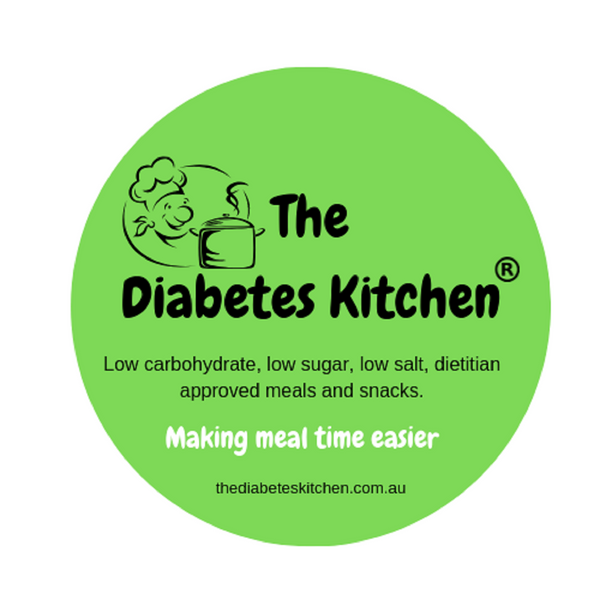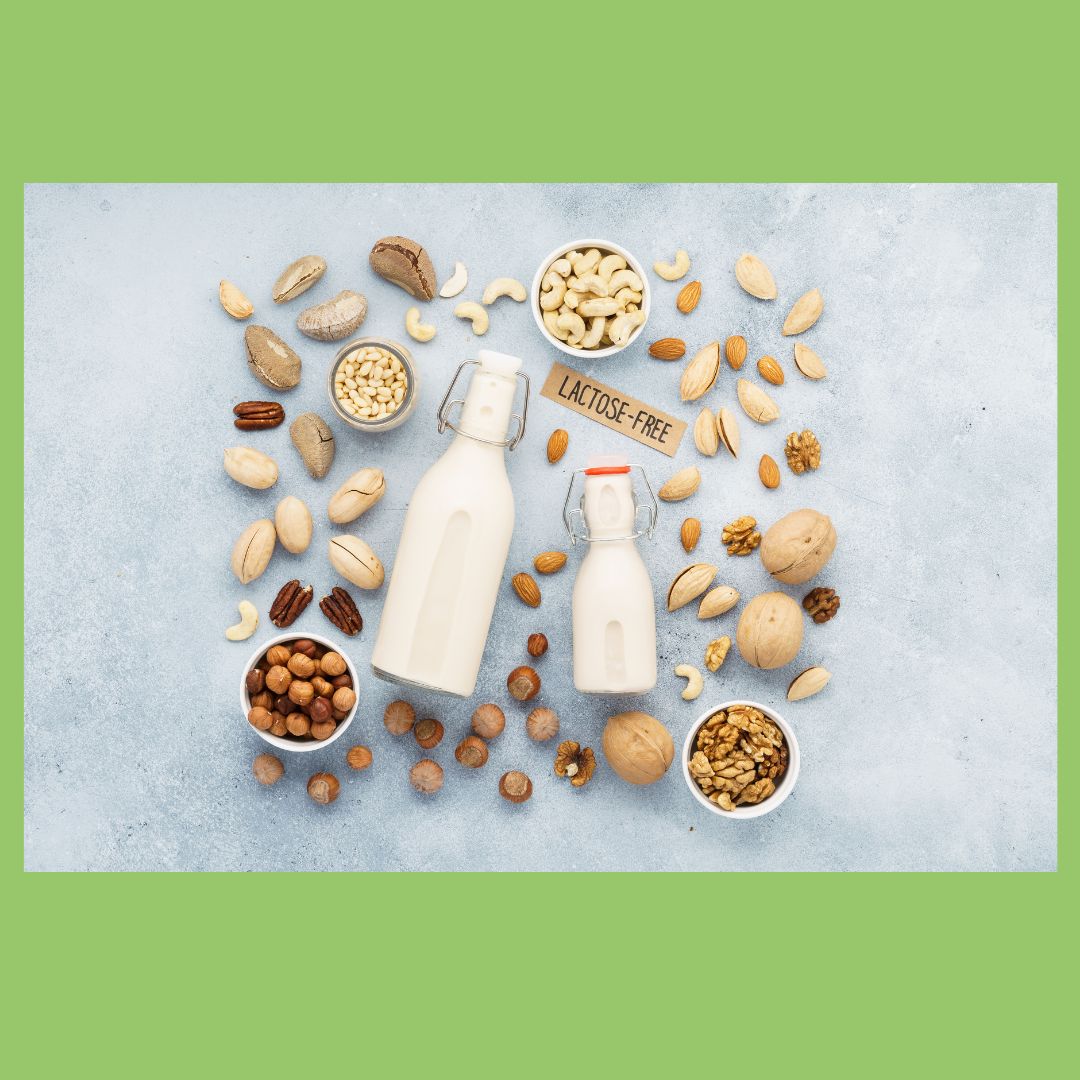What is Lactose?
Lactose is a type of sugar found naturally in milk products and dairy foods. It is a disaccharide, which means it is composed of two simple sugar molecules linked together: glucose and galactose. Lactose is a carbohydrate that provides a source of energy for the body.
Lactose is unique in that its digestion requires an enzyme called lactase, which is produced in the small intestine. Lactase breaks down lactose into its individual sugar components, glucose and galactose. These sugars are then absorbed into the bloodstream and used as a source of energy and nutrition by the body's cells. Without enough lactase, lactose remains undigested in the gut and can lead to discomfort, cramps, and digestive issues in many adult mammals, including humans. If your body does not produce enough lactase, lactose malabsorption occurs, and lactose is not digested and absorbed in the small intestine in the usual way. Instead, the undigested lactose continues to travel along the digestive tract to the large intestine and colon, where bacteria partially break it down into acids and gases. This fermentation process in the bowel causes excessive wind, flatulence, bloating, and associated pain. This lactose malabsorption also attracts water molecules. So rather than being absorbed into the bloodstream, water remains in the faecal matter (stool) and watery poo (diarrhoea) is the result.
Lactose intolerance is a food intolerance and condition where individuals have insufficient levels of the enzyme lactase, leading to the inability to digest lactose. When someone with a lactase deficiency consumes foods or drinks containing lactose, they may experience unpleasant symptoms such as bloating, gas, abdominal discomfort, and diarrhea. Lactose intolerance varies in severity among individuals and can be managed by reducing or avoiding foods and beverages high in lactose. Some other causes of lactose intolerance include gastroenteritis, which can strip the intestines of lactase for a few weeks, and parasitic infection, which can temporarily reduce lactase levels.

Lactose is commonly found in milk and dairy products, including:
- Cow's milk
- Goat's milk
- Sheep's milk
- Cheese
- Yogurt
- Ice cream
- Butter
- Cream
- Some processed foods and baked goods
Lactose free dairy products are available for individuals who are lactose intolerant or have difficulty digesting lactose. These products have had the lactose removed or broken down before consumption, making them more easily digestible for those with lactose intolerance.
Do You Have A Lactose Intolerance?
Lactose is a milk sugar that is broken down by the enzyme lactase, which is found in the small intestine. Lactose intolerance is the reduced ability to digest milk sugars, due to insufficient amounts of the gut enzyme called lactase.
At The Diabetes Kitchen we have a wide range of products which are lactose free to help those of you with lactose intolerance.
If you think you might be lactose intolerant, your GP can conduct tests to determine if you are.

How can you tell if a product is truly lactose free?
To determine if a product is truly lactose free, check the ingredients list for any dairy derived ingredients such as milk, cheese, or whey. Additionally, look for certifications or labels on the packaging that indicate the product is specifically labeled as "lactose free" or "dairy free."
What are the symptoms of Lactose Intolerance?
The symptoms of lactose intolerance can include bloating, gas, abdominal discomfort, and diarrhea after consuming foods or drinks containing lactose.
If you suspect that you may be lactose intolerant, it is important to pay attention to how your body reacts after consuming foods or drinks containing lactose. Bloating, gas, abdominal pain, stomach pain, vomiting, diarrhoea, or needing the toilet urgently, are some of the most common symptoms, but they can vary in severity and onset times. Some individuals may experience symptoms shortly after consuming lactose, while others may not notice any symptoms until several hours later.
It's important to note that the symptoms of lactose intolerance can be similar to other gastrointestinal issues, so it's always best to consult with a healthcare professional for an accurate diagnosis. They can also help determine if there are any underlying conditions contributing to your symptoms.
Managing Lactose Intolerance
If you have been diagnosed with lactose intolerance, there are several strategies you can employ to manage your condition and still enjoy a varied diet:
Choose lactose-free alternatives:
Many dairy products such as milk, cheese, and yogurt, are available in lactose free versions. These products are made by adding the enzyme lactase, which helps break down lactose, making them safe for individuals with lactose intolerance. Many lactose-free milk and cheese options are available in your supermarket these days.

Gradually introduce a small amount of lactose:
Some individuals may be able to tolerate small amounts of lactose without experiencing symptoms. You could try gradually introducing small portions of dairy products into your diet and see how your body reacts. Start with a small amount and gradually increase it over time to gauge your tolerance level.
Take lactase supplements:
There are over-the-counter lactase supplements available that can aid in the digestion of lactose. These supplements contain the enzyme lactase, which helps break down lactose and reduce symptoms. You can take these supplements before consuming dairy products to minimize discomfort.
Explore non-dairy alternatives:
Luckily, there are numerous non-dairy alternatives available nowadays, ranging from almond milk to soy-based cheeses. These options provide a suitable replacement for dairy products and can be incorporated into your diet to maintain adequate calcium and other nutrients.
Read food labels carefully:
It's important to read food labels carefully, as lactose can be found in unexpected places. Many processed foods, such as bread, cereal, and salad dressings, may contain lactose or lactose-derived ingredients. By being mindful of ingredient lists, you can avoid consuming hidden sources of lactose.
Cook at home:
Preparing meals at home allows you to have control over the ingredients used. You can easily modify recipes to make them lactose free by substituting dairy products with non-dairy alternatives. This way, you can still enjoy your favorite dishes without experiencing any discomfort.
Seek professional advice:
If you're unsure about how to manage your lactose intolerance or if you're struggling to find suitable dietary options on a lactose-free diet, it's always a good idea to seek professional advice. Consulting with a registered dietitian or nutritionist who specializes in lactose intolerance can provide you with personalized guidance and ensure that your nutritional needs are being met.
Be patient and persistent:
Adjusting to a lactose free lifestyle may take some time and experimentation. It's important to be patient and persistent during this process. It may take some trial and error to find the right non-dairy alternatives that suit your taste and lifestyle. Don't get discouraged if you encounter setbacks or challenges along the way. With time, you will become more familiar with lactose free options and develop a routine that works for you.
Make use of our Lactose Free options:
Here at The Diabetes Kitchen we have a select range of lactose free meal options to cater for your meals and snacks. FromChunky Meatballs, to Vanilla Mug Cakes and Pancakes.
Conclusion
There are many options available these days to combat and even avoid the symptoms of Lactose Intolerance. At Diabetes Kitchen, we are doing our bit to offer great tasting lactose free meal options to reach out to us today.

